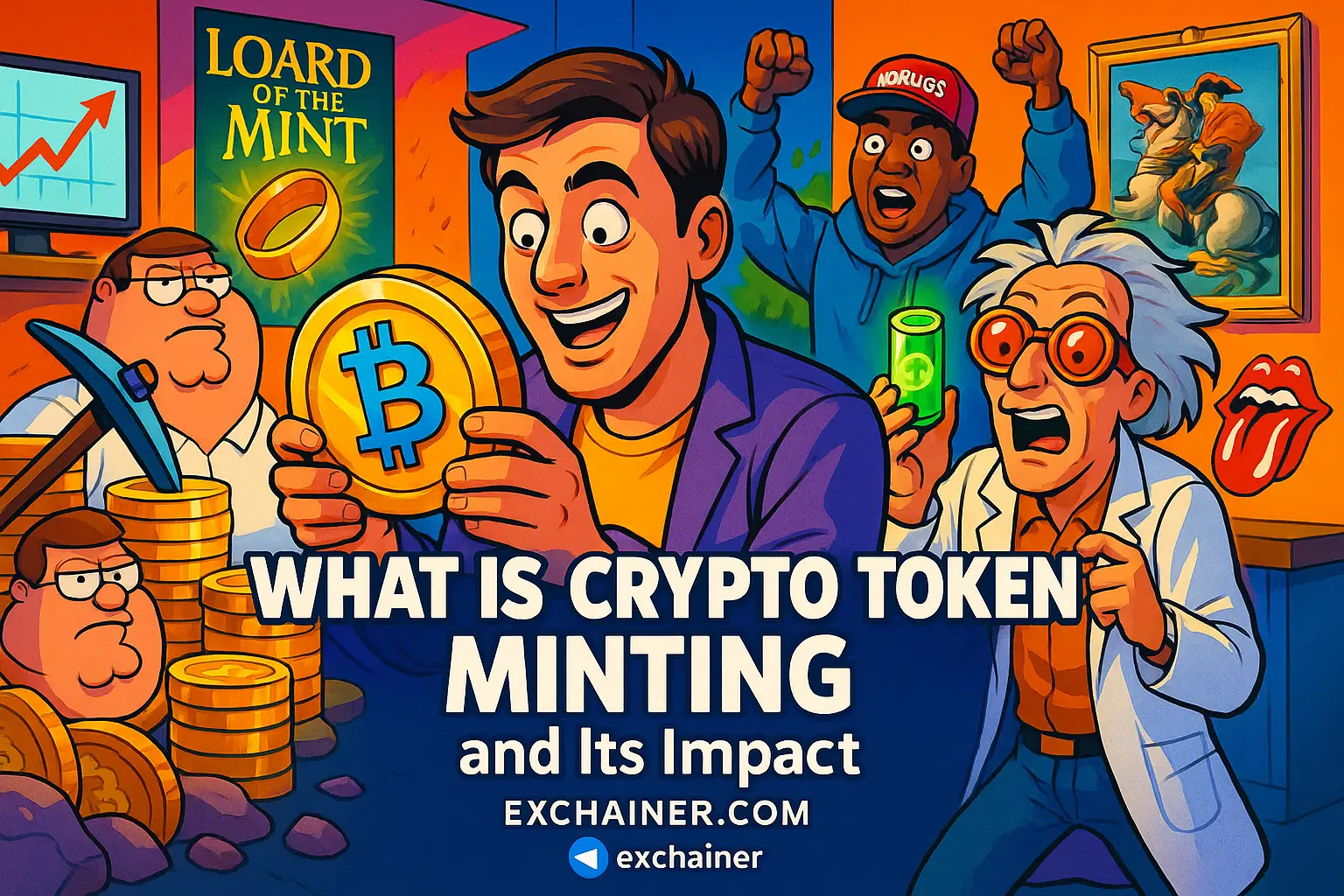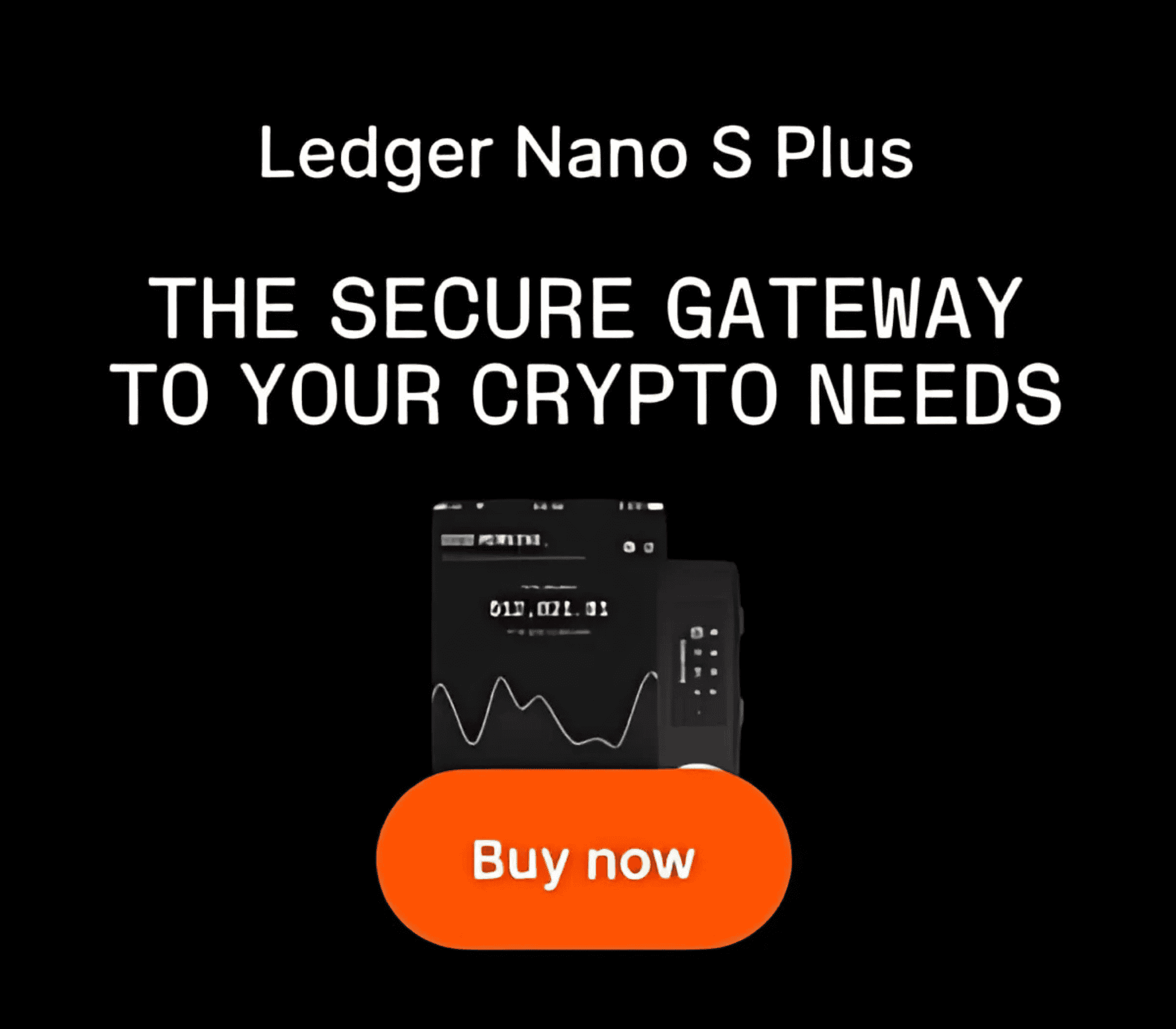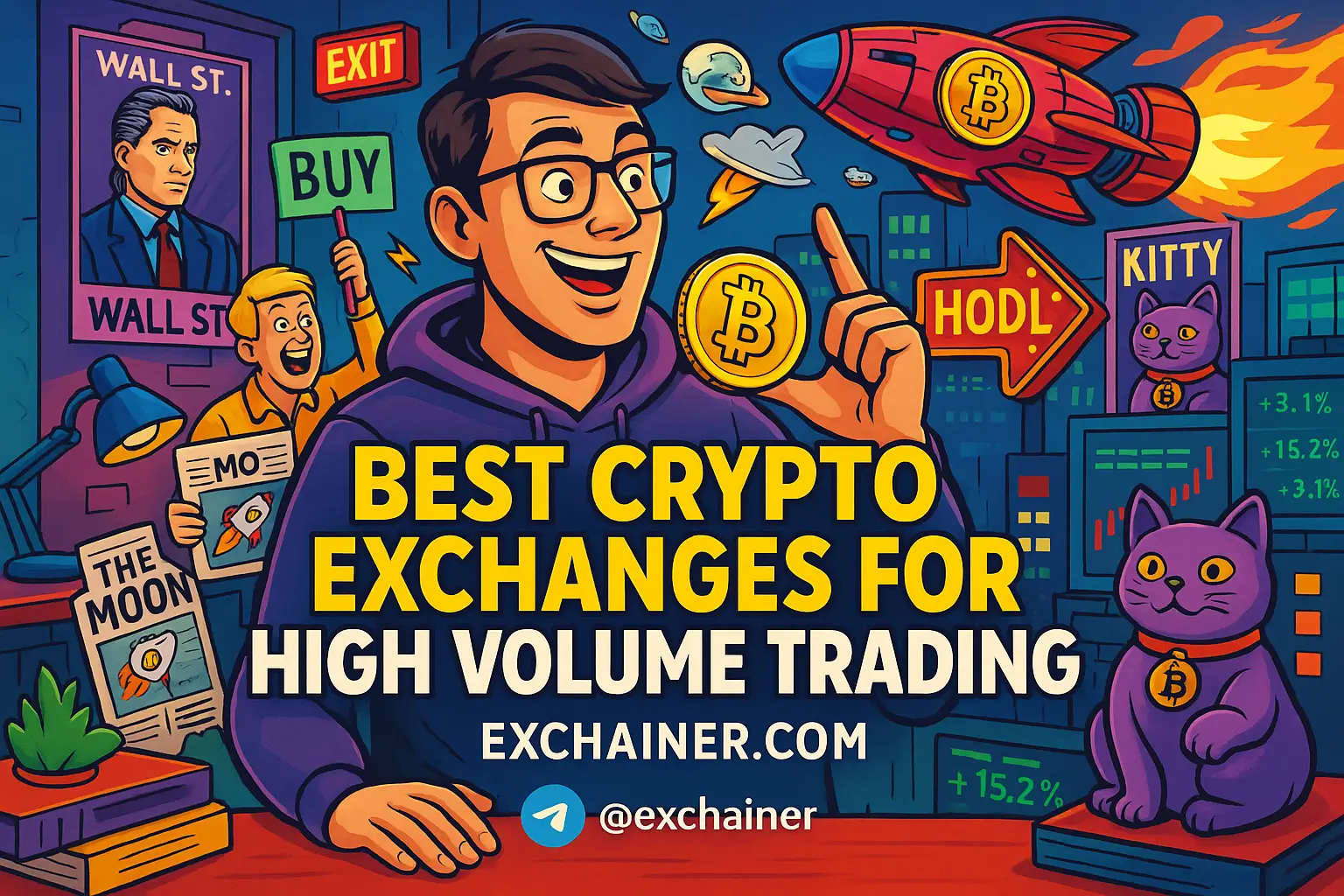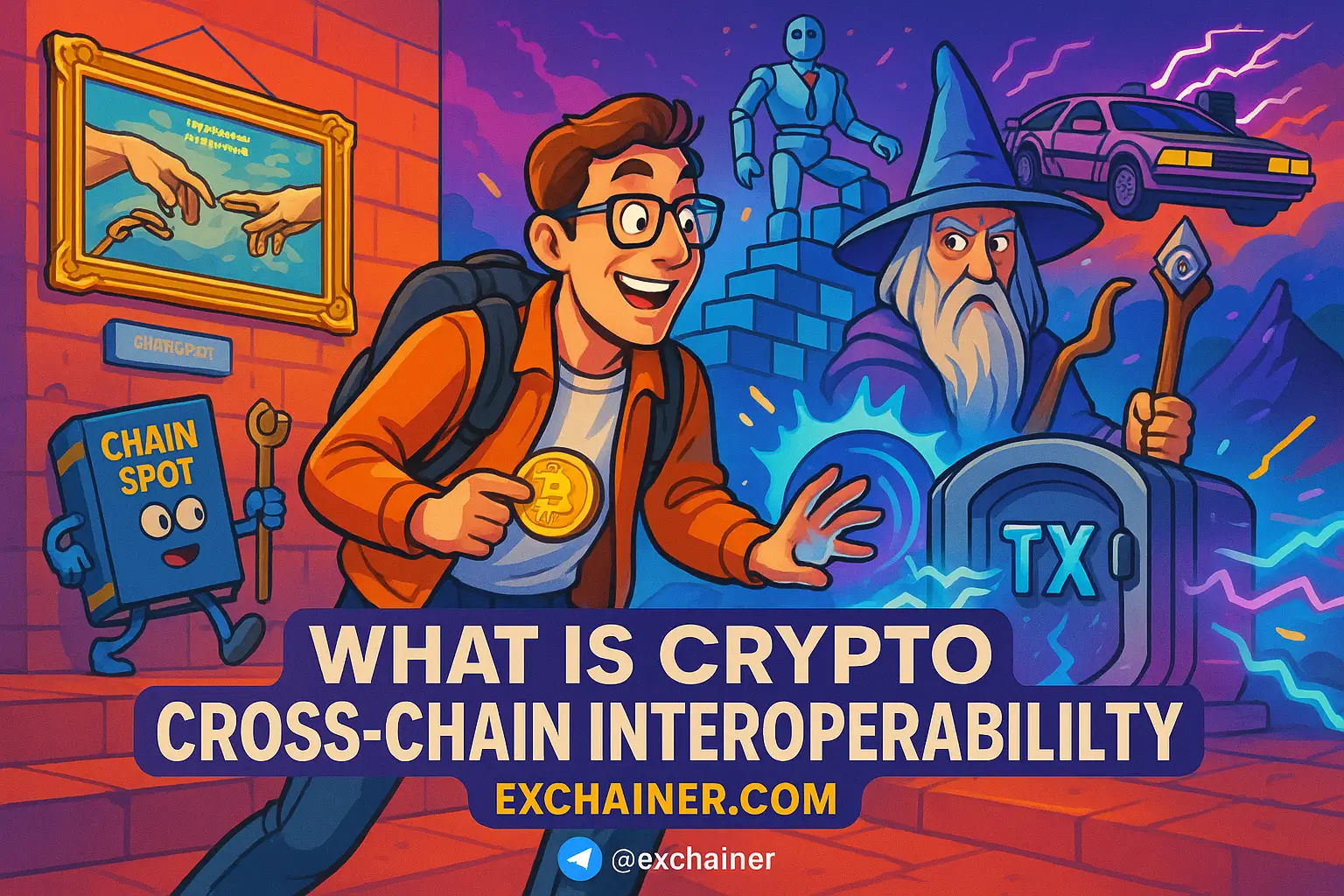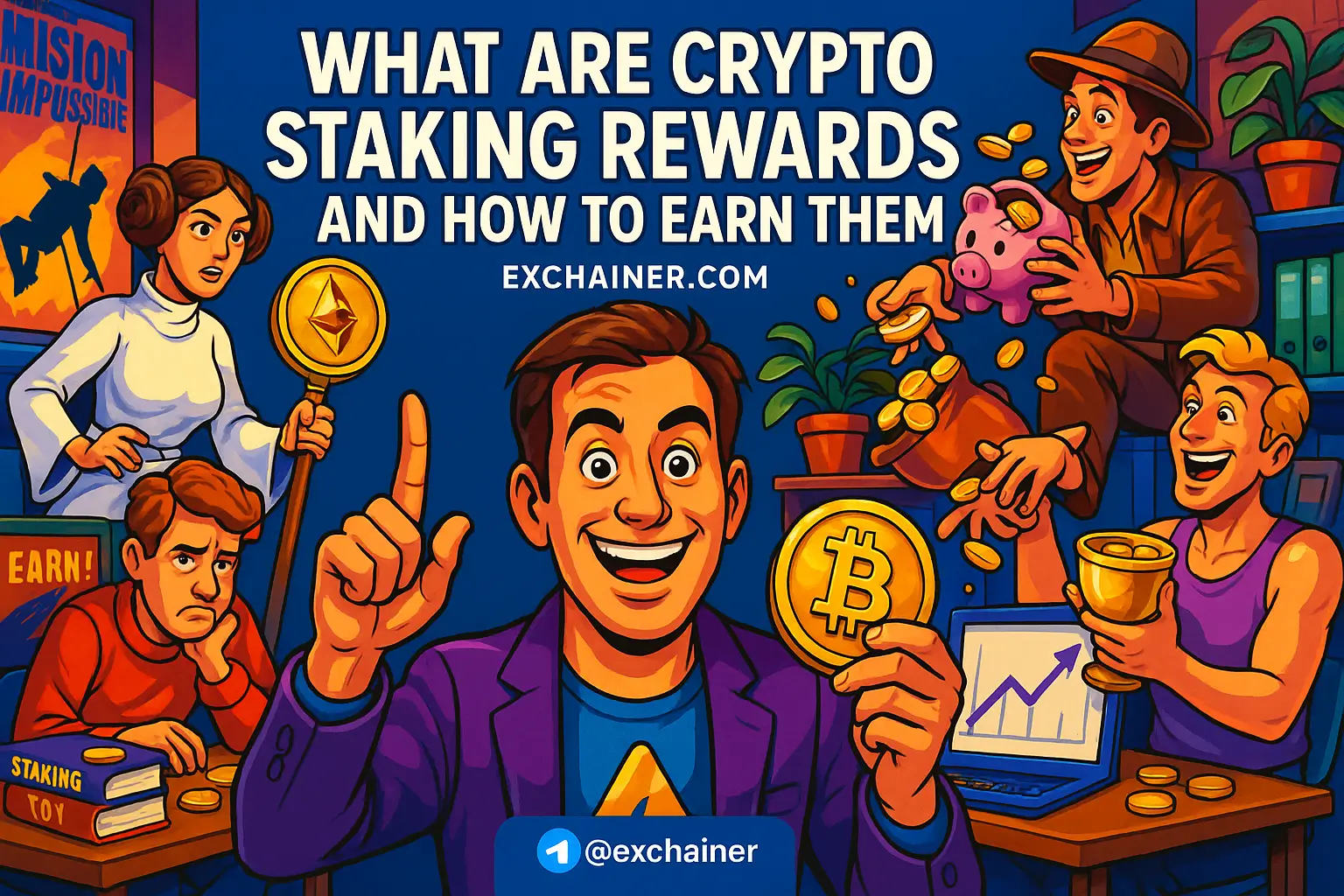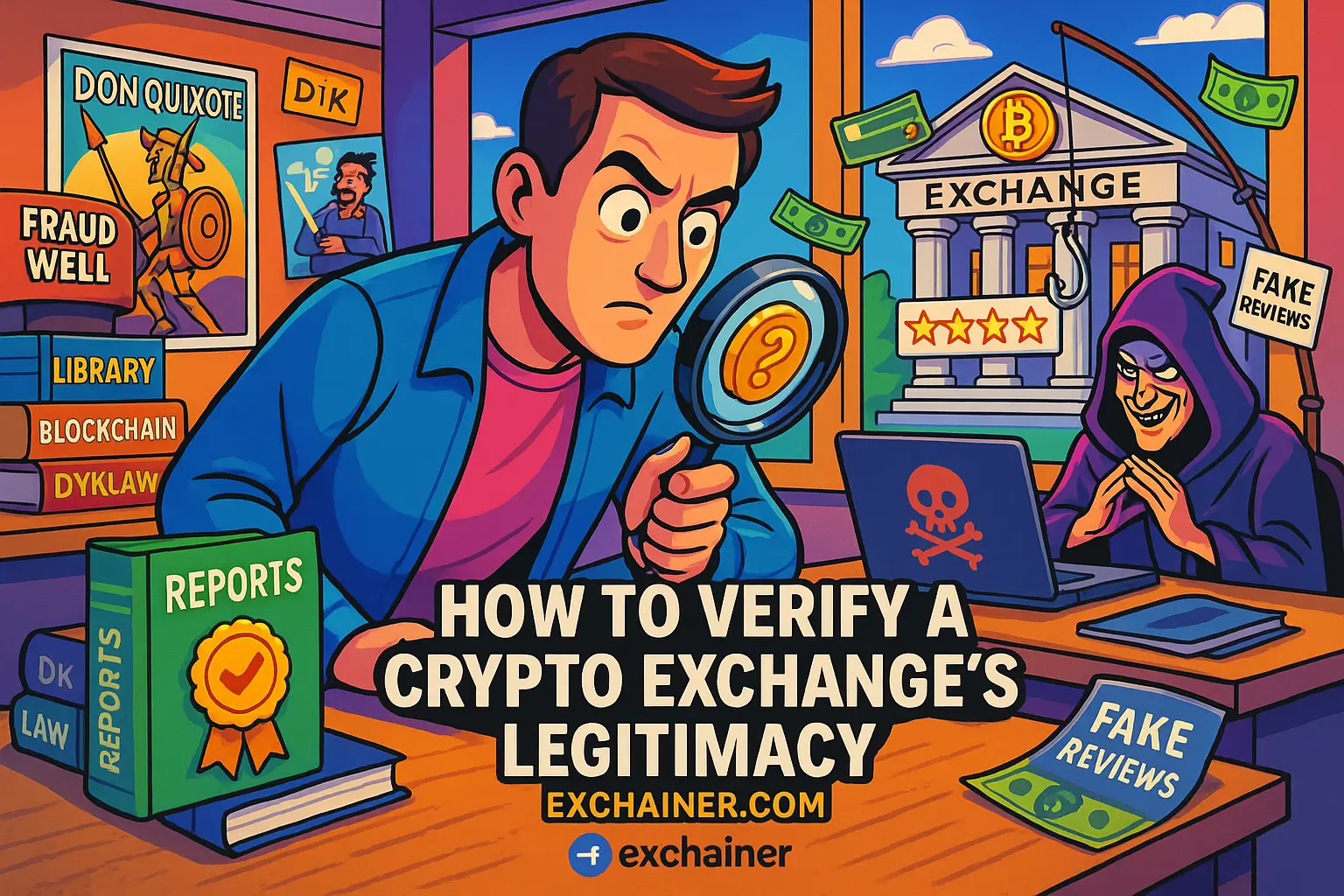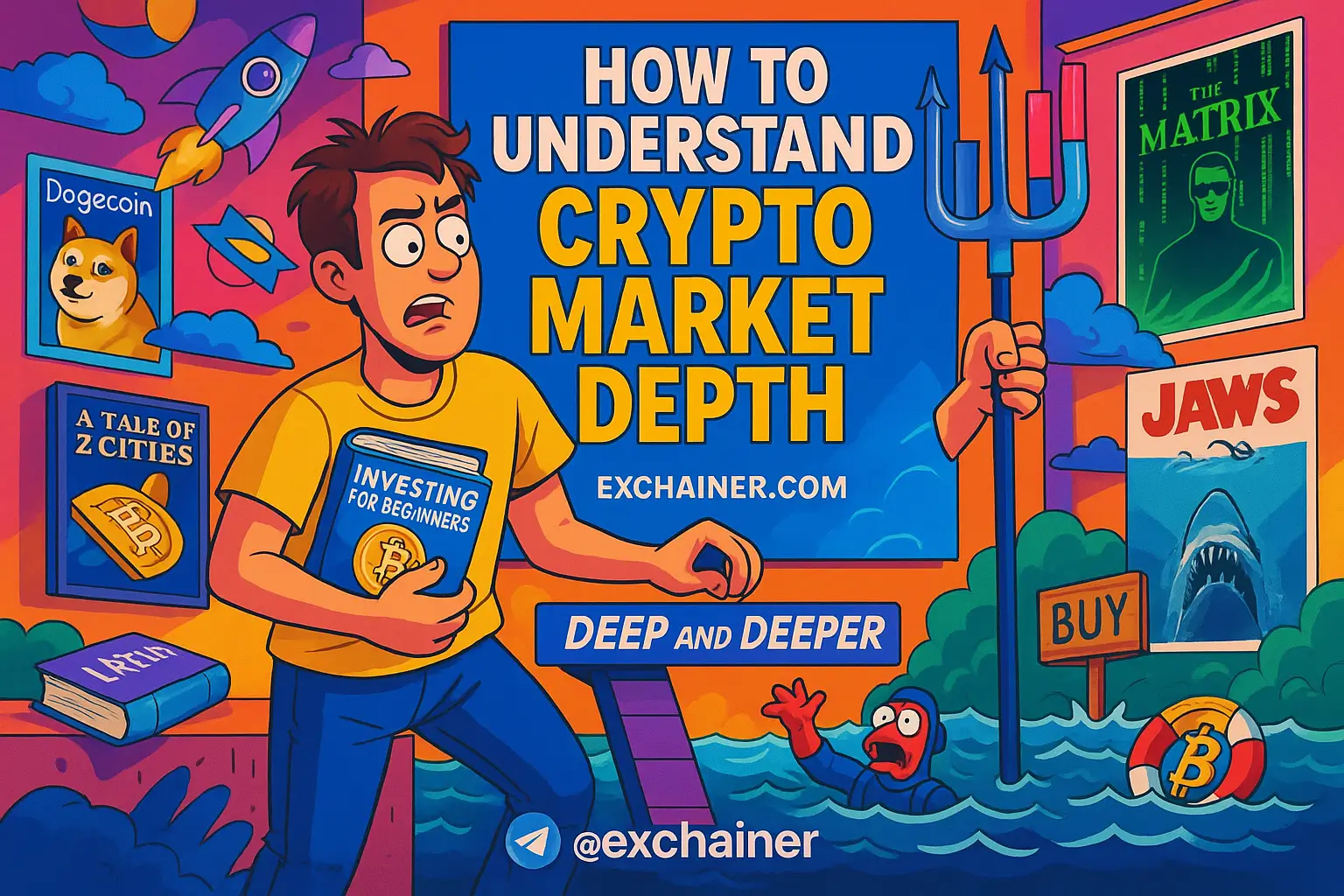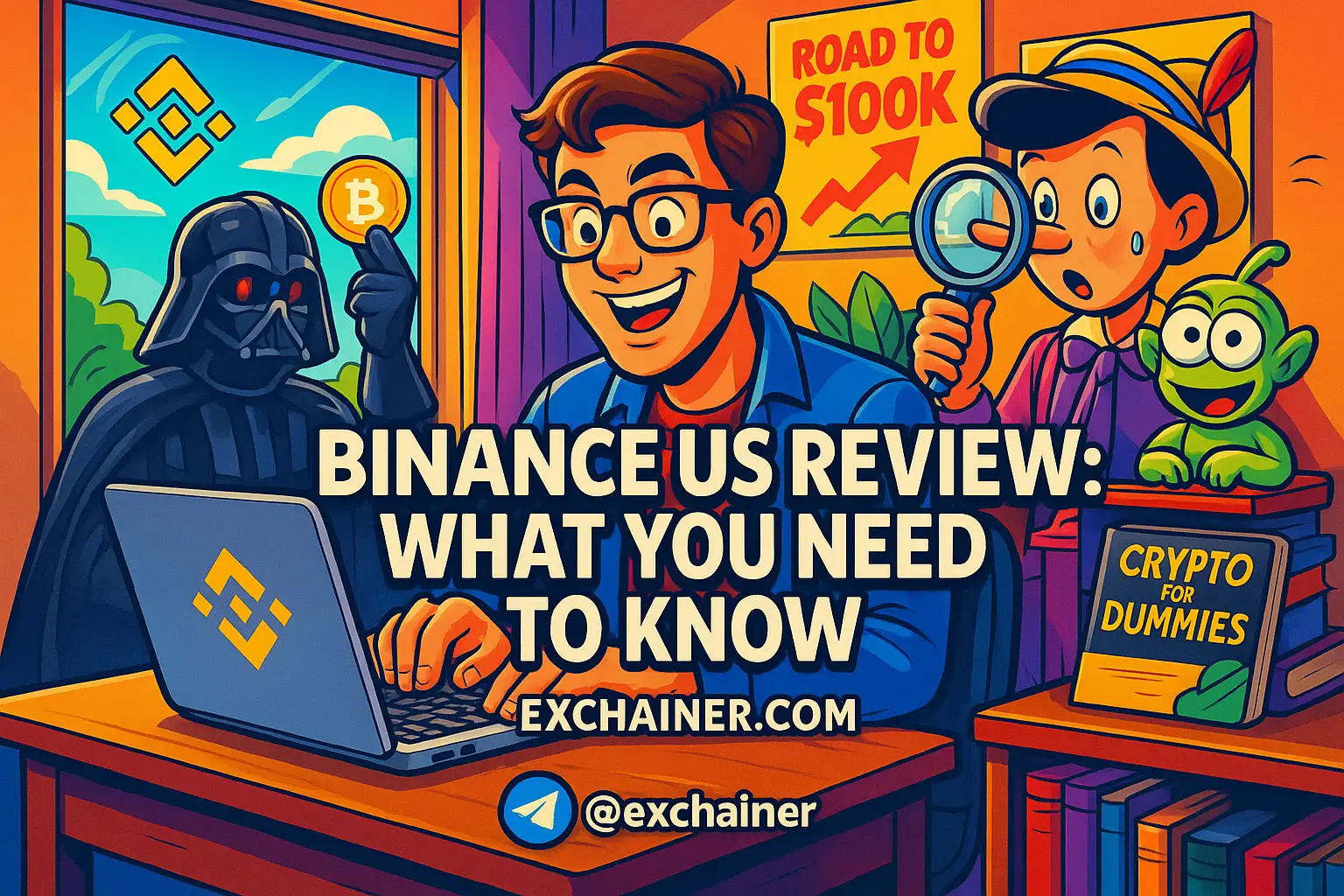Introduction
Friends, if you've been keeping an eye on the crypto world lately, you might have heard a lot about token minting. With the NFT boom exploding in popularity, new DeFi tokens popping up daily, and innovative blockchains launching left and right, understanding crypto token minting is more important than ever. But what exactly does it mean to "mint" a token? Simply put, crypto token minting is the process of creating new tokens on a blockchain. These tokens can represent anything from digital art and collectibles to governance rights or even whole new currencies.
It’s easy to get confused with similar terms, so let’s clarify: minting differs from just creating a token in code or deploying a smart contract. Minting is the actual act of issuing tokens on the blockchain—think of it as stamping fresh coins from a mint, but in a digital form. Deploying a smart contract is more like setting up the machinery that will allow tokens to exist and operate according to rules.
In this comprehensive guide, we're going to walk through the crypto token minting process step-by-step, explore the various types of minting methods, discuss the big-picture impact on tokenomics and markets, and touch on legal and security considerations you definitely want to know if you're involved. Whether you're a developer interested in launching your own token, an investor looking to understand supply mechanics, a founder planning a token sale, or a regulator watching the space evolve, this breakdown will give you practical insights. Stick with me, and by the end, you'll have a solid grasp of why token minting matters in today's digital currency landscape and how it shapes the crypto ecosystem.
What Is the Token Minting Process?
In the simplest terms, the token minting process is the on-chain creation of new tokens, complete with attached data like ownership and metadata. It’s the step where abstract code becomes actual digital assets that live and move on a blockchain. But what happens behind the scenes?
Preparing Assets and Smart Contract Templates
Before any tokens can be minted, creators need to prepare the digital assets or token metadata—which might be an NFT’s artwork, a label for a fungible token, or metadata defining supply and transfer rules. Alongside this, developers must select or write smart contracts that define the token’s behavior. Usually, these contracts conform to established token standards like ERC-20 for fungible tokens or ERC-721 and ERC-1155 for NFTs. The parameters set here include the maximum supply, minting rights, and metadata structures.
Deploying Contracts and Executing Mint Transactions
Once the smart contract is ready, it’s deployed to the blockchain network. This action requires paying "gas" fees—transaction costs necessary for execution. Wallets like MetaMask or hardware wallets interact with these contracts to trigger minting functions. When you call the mint function, new tokens are created and assigned to specified addresses. This step is recorded immutably on-chain, ensuring transparency.
Differences Across Blockchains and Platforms
Not all blockchains handle minting the same way. Ethereum and Ethereum Virtual Machine (EVM) compatible chains like Binance Smart Chain or Polygon use similar token standards and processes, while platforms like Solana or Avalanche have unique minting mechanisms and fee structures. Layer-2 solutions can offer cheaper, faster minting but may involve bridging tokens back and forth. Centralized platforms that offer token creation tools simplify minting but come with trade-offs around custody and decentralization.
In essence, the token minting process is a blend of technical steps that turn smart contract logic and digital assets into usable crypto tokens on a blockchain network.
Types & Mechanisms of Minting
Token minting isn't one-size-fits-all. Depending on the project’s goals and blockchain choice, different minting types and mechanisms come into play.
First, there’s pre-minting where tokens are created upfront, often capped and distributed over time—typical for many DeFi projects. Then, on-demand minting happens continuously as users interact with the platform, like minting new NFTs when purchased.
Enter lazy minting</b—this is a clever approach popular in NFT marketplaces, where actual mint happens only when a buyer commits, saving on gas fees for creators. This gas-less method improves user experience but requires trust in platforms to handle off-chain promises correctly.
Batch minting</b is another mechanism where multiple tokens are minted together in a single transaction to save costs, often used for collections or in-game assets.
The token standard plays a crucial role here. Fungible tokens (ERC-20, BEP-20) allow for minting large quantities of identical tokens with supply implications. Non-fungible tokens (ERC-721, ERC-1155) represent unique items and have different mint logic, sometimes minting entire sets with metadata per item.
An interesting point is inflationary minting models versus capped supply. Some tokens can be minted indefinitely under certain rules to incentivize network growth or rewards. Others have a fixed cap, with minting halted once reached. Scheduled minting and mint authority—typically multi-signature wallets or governance—control inflation and trust.
Understanding these types helps you grasp how tokens enter circulation and what that means for future value and scarcity.
How Minting Impacts Tokenomics & Markets
Minting plays a huge role in shaping a token’s economy, or tokenomics. It directly influences supply growth, dilution of existing holders, and the token’s circulation velocity.
Supply Schedule and Inflation are crucial. Predictable, transparent minting schedules (like Bitcoin’s halving events) foster market confidence because holders know exactly how supply will grow. Conversely, ad hoc or unlimited minting can cause distrust and price volatility as markets fear dilution.
Incentives, staking, and governance often rely on minting new tokens. Many DeFi platforms mint tokens to reward liquidity providers, stakers, or participants who govern the network. This “tail emission” mechanism supports active ecosystems but must be balanced carefully to avoid oversupply.
Liquidity, listing, and secondary market behavior also depend on initial mint strategies. Airdrops, vesting schedules, and staged token releases control when large amounts of new tokens hit exchanges, affecting price stability. Poorly managed minting can lead to pump-and-dump schemes or sudden crashes.
Real-world examples: In 2024, some projects employed inflationary minting to reward community engagement, resulting in higher user retention. Others who failed to limit minting supply experienced sharp declines.
Investors and traders keep a close eye on token minting because it signals future market dynamics and potential risks.
Legal, Security, and Best Practices
Token minting isn't just technical—it comes with legal and security challenges.
Regulatory risks of token minting involve how tokens are classified. Tokens minted with certain features might be labeled as securities by regulators, exposing issuers to heavy compliance burdens. For instance, minting large fungible tokens with profit-sharing can trigger securities laws, while utility tokens might face less scrutiny.
Security-wise, minting poses risks from scams, rug pulls, and abuse. Mint authority abuse is a common scam: creators mint unlimited tokens behind the scenes to dump on the market. Hidden mint functions can surprise investors with unexpected inflation.
Best technical practices to reduce risks include multisignature wallets where multiple keys approve minting, timelocks on mint functions to add delay and transparency, open-source audits to verify code, and deploying immutable contracts to prevent unauthorized changes.
Lastly, compliance and tax considerations matter. KYC/AML procedures during token sales, proper reporting of minted token distributions, and clear documentation support audits and legal transparency.
A cautious, well-documented approach helps maintain trust and navigate regulatory waters safely.
Conclusion
So, what’s the bottom line? Crypto token minting is the cornerstone process of issuing digital currencies and assets on blockchains. It involves transforming smart contract code and metadata into live, tradable tokens through carefully structured steps and mechanisms. Understanding the different minting types—from pre-minting and lazy minting to batch processes—lets you see how tokens come to life and affect supply dynamics.
Minting deeply influences tokenomics by shaping how supply grows, impacts market price, and enables economic incentives like staking or governance. Yet, it’s not without challenges; careful attention to regulatory risks, security vulnerabilities, and responsible mint authority management is crucial.
If you’re a developer, focus on secure minting practices, pick the right token standards, and document your mint rules clearly. Founders should design transparent supply schedules, implement multisig safeguards, and engage legal counsel early. Investors must evaluate mint permissions, inflation models, and vesting details to spot value and risks.
As the crypto space expands with innovation, balancing freedom and security remains key. To deepen your understanding and stay ahead, explore our Crypto-101 guides, check out Exchange Reviews for trading insights, and learn about wallet security and tools at Tools and Wallets.
Remember, in the words of Satoshi Nakamoto: “The root problem with conventional currency is all the trust that’s required to make it work.” Token minting shifts that trust to code, making it transparent but demanding responsibility from all participants. Ready to engage with minting strategically? The future of digital currency is waiting for you.
For more detailed beginner-friendly explanations and real-time updates, don’t forget to visit these categories on Exchainer.com:
For further trusted external resources, check out CoinMarketCap’s guide on minting and the Ethereum Foundation’s ERC token standards documentation. Happy minting!

